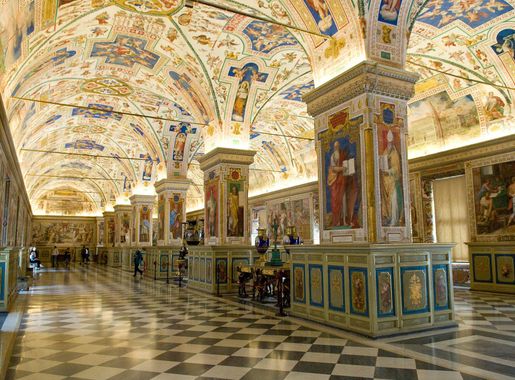
Exploring the Sacred Wonders of Vatican City
Discover the heart of Roman Catholicism and Renaissance art in the world's smallest independent state, Vatican City, nestled within the vibrant city of Rome.
Vatican City is a unique destination, encapsulating the spiritual essence of the Roman Catholic Church and offering a rich tapestry of art, history, and culture. As the smallest independent state in the world, it is home to some of the most iconic landmarks, including St. Peter's Basilica, the Vatican Museums, and the Sistine Chapel. Visiting this enclave within Rome provides an unparalleled opportunity to witness the masterpieces of Renaissance art, such as Michelangelo's Pietà and the awe-inspiring frescoes adorning the Sistine Chapel's ceiling. The Vatican Museums house an extensive collection of artworks and historical artifacts, making it a treasure trove for art enthusiasts and history buffs alike. The grandeur of St. Peter's Basilica, with its towering dome designed by Michelangelo, offers a breathtaking panoramic view of Rome from its summit. The Piazza San Pietro, or St. Peter's Square, is a marvel of Baroque architecture and serves as a gathering place for thousands of pilgrims and tourists from around the globe. Whether you are religious or secular, the serene and majestic atmosphere of Vatican City is bound to leave a lasting impression.
Local tips in Vatican City
- Book tickets online for the Vatican Museums to skip the long queues.
- Dress modestly as a mark of respect; shoulders and knees should be covered.
- Visit early in the morning or late afternoon to avoid the peak crowds.
- Climb the dome of St. Peter's Basilica for a stunning view of Rome.
- Take a guided tour to fully appreciate the historical and artistic significance of the site.
Exploring the Sacred Wonders of Vatican City
Vatican City is a unique destination, encapsulating the spiritual essence of the Roman Catholic Church and offering a rich tapestry of art, history, and culture. As the smallest independent state in the world, it is home to some of the most iconic landmarks, including St. Peter's Basilica, the Vatican Museums, and the Sistine Chapel. Visiting this enclave within Rome provides an unparalleled opportunity to witness the masterpieces of Renaissance art, such as Michelangelo's Pietà and the awe-inspiring frescoes adorning the Sistine Chapel's ceiling. The Vatican Museums house an extensive collection of artworks and historical artifacts, making it a treasure trove for art enthusiasts and history buffs alike. The grandeur of St. Peter's Basilica, with its towering dome designed by Michelangelo, offers a breathtaking panoramic view of Rome from its summit. The Piazza San Pietro, or St. Peter's Square, is a marvel of Baroque architecture and serves as a gathering place for thousands of pilgrims and tourists from around the globe. Whether you are religious or secular, the serene and majestic atmosphere of Vatican City is bound to leave a lasting impression.
Iconic landmarks you can’t miss
Vatican Museums
Explore the Vatican Museums, a stunning collection of art and history featuring masterpieces by Michelangelo, Raphael, and more in Vatican City.
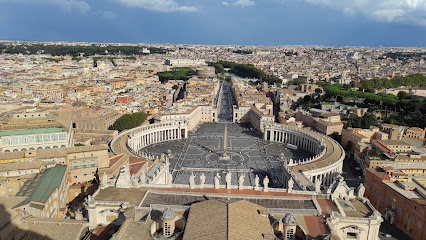
St. Peter Square Obelisk
Explore the historic St. Peter Square Obelisk, a stunning monument in Vatican City that embodies centuries of faith, artistry, and architectural grandeur.
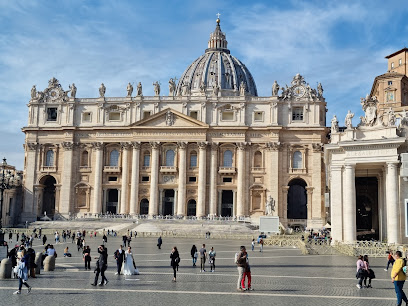
Gardens of Vatican City
Discover the serene beauty and historical significance of the Gardens of Vatican City, a hidden gem within the world's smallest state.
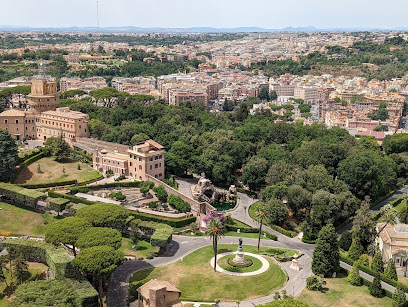
Bed & Breakfast Vatican Town
Experience the charm of Rome at Bed & Breakfast Vatican Town, your cozy retreat near the Vatican's iconic attractions.
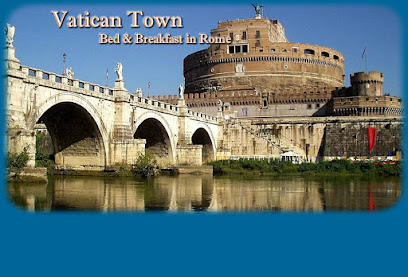
Vatican City Guest House
Experience the charm of Vatican City at the cozy Vatican City Guest House, your perfect base for exploring Rome's iconic landmarks.

Vatican City Holidays
Experience the enchanting charm of Vatican City Holidays, a cozy Bed & Breakfast near the heart of Rome's iconic landmarks and rich culture.
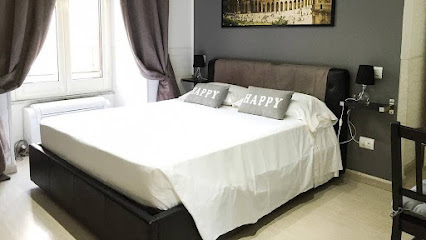
Vatican Max
Discover the Vatican Museums with Vatican Max: expert-guided tours through art, history, and breathtaking architecture.

Piazza San Pietro
Explore the iconic Piazza San Pietro, the vibrant heart of Vatican City, surrounded by stunning architecture and rich history.
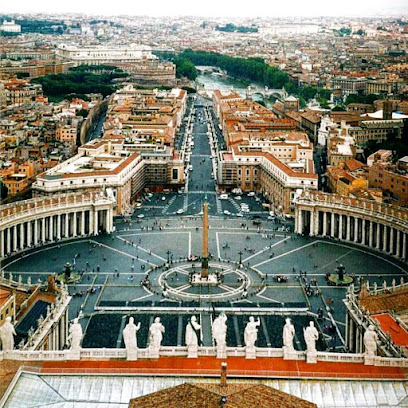
Vatican Rome Tours
Experience the profound beauty and rich history of Vatican City with expert-guided tours that unveil its hidden treasures.
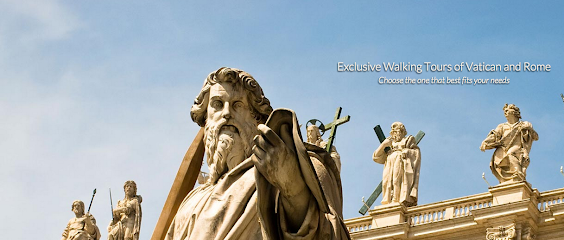
Unmissable attractions to see
St. Peter Square Obelisk
Discover the awe-inspiring St. Peter Square Obelisk, a historic landmark in Vatican City blending faith, history, and stunning architecture.
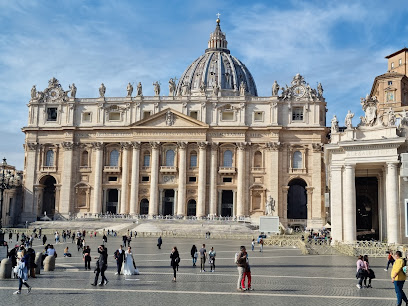
Gardens of Vatican City
Discover the tranquil beauty and historical significance of the Gardens of Vatican City, a serene escape in the heart of Rome.
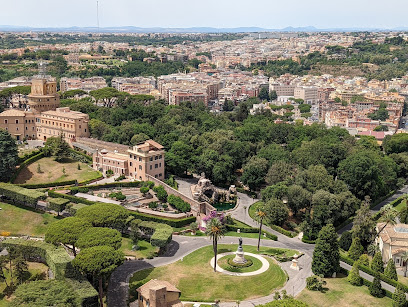
Vatican Tour
Experience the grandeur of Vatican City through a guided tour of its iconic museums, basilica, and breathtaking art, revealing its rich history.
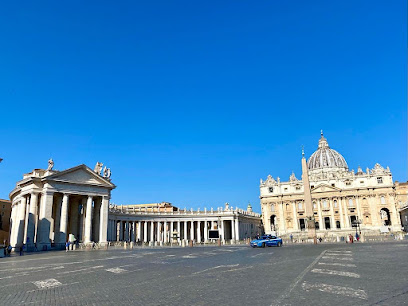
Fountain of the Vatican Railway Station
Discover the stunning Fountain of the Vatican Railway Station, a serene oasis in the heart of Vatican City, blending artistry and tranquility for every traveler.
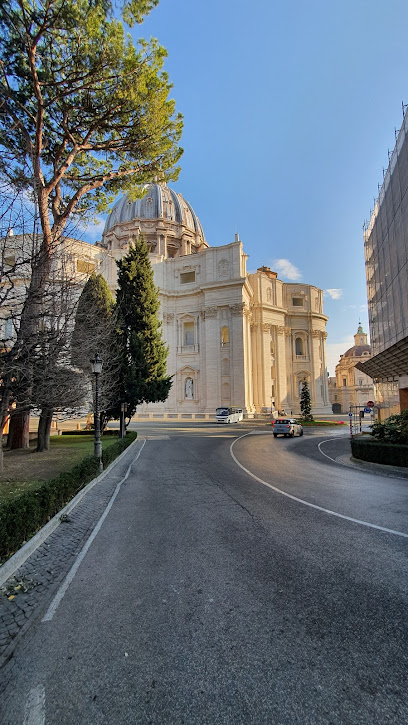
Passetto di Borgo
Explore the Passetto di Borgo, an iconic historical landmark in Rome bridging the Vatican and Castel Sant'Angelo, steeped in rich history and intrigue.
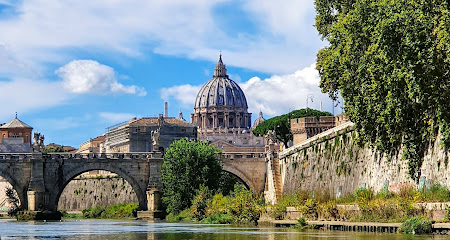
Scala Elicoidale Momo
Explore the breathtaking Scala Elicoidale Momo, a stunning spiral staircase in Vatican City, showcasing architectural brilliance and historical significance.
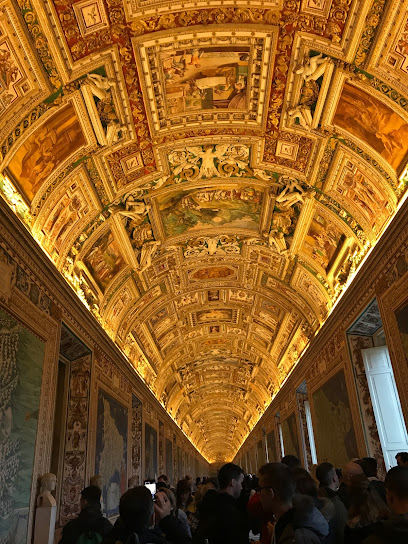
Carriage Pavilion
Explore the Carriage Pavilion in Vatican City, a unique museum showcasing the exquisite history of papal transportation and ceremonial vehicles.
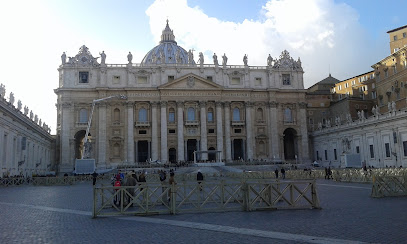
Museo Storico dell'Arma dei Carabinieri
Explore Italy's military history at the Museo Storico dell'Arma dei Carabinieri, a captivating museum dedicated to the Carabinieri's legacy in Rome.
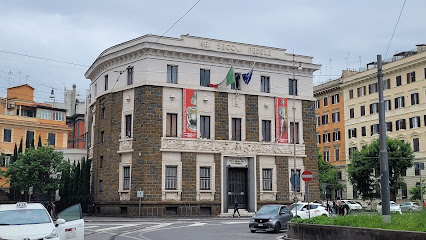
Vatican Guided Tour
Discover the awe-inspiring art and history of Vatican City through an enriching guided tour that reveals its spiritual treasures.
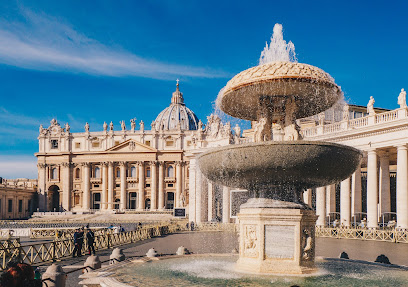
Ferrovia Vaticana - Passeggiata del Gelsomino
Discover the serene beauty of the Ferrovia Vaticana - Passeggiata del Gelsomino, a hidden gem in Rome perfect for peaceful strolls and stunning views.
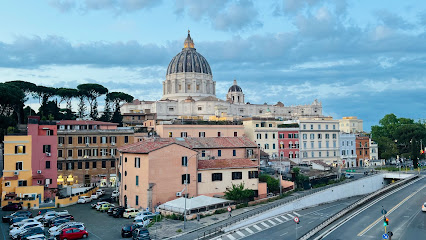
Essential places to dine
Ristorante dei Musei
Experience authentic Italian cuisine at Ristorante dei Musei near Vatican City – where every dish tells a story.
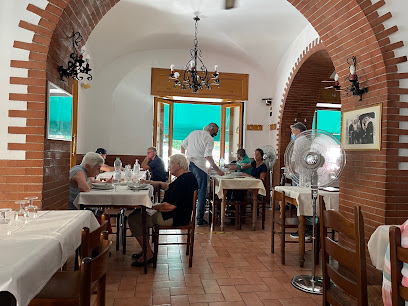
Borghiciana Pastificio Artigianale
Experience authentic Roman cuisine at Borghiciana Pastificio Artigianale, where artisanal pasta meets traditional flavors in a cozy atmosphere.
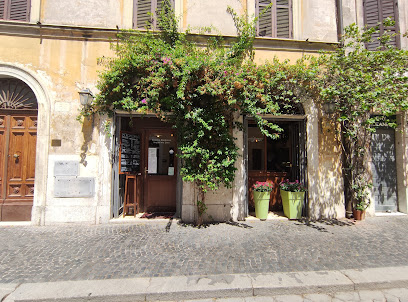
Ristorante Arlù
Experience authentic Italian cuisine at Ristorante Arlù near Vatican City - where tradition meets flavor in every dish.

La Locanda di Pietro
Experience authentic Italian cuisine at La Locanda di Pietro in Rome - where every dish tells a story of tradition and flavor.
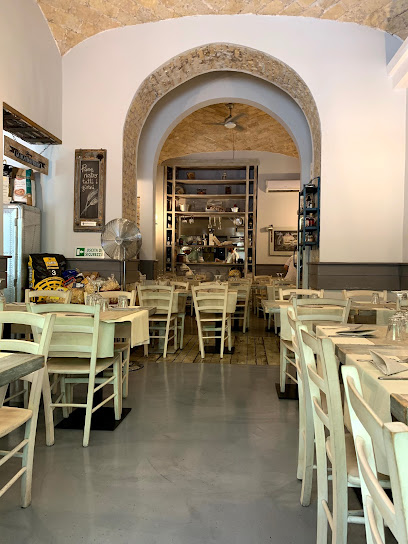
Vinsanto Vino & Cucina
Discover exquisite Italian flavors at Vinsanto Vino & Cucina near Vatican City – where every meal tells a story.
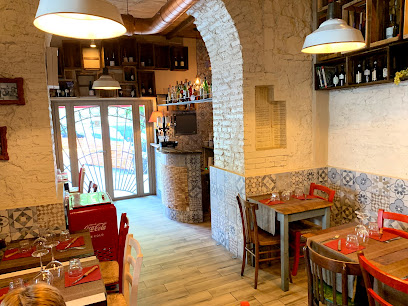
Osteria delle Commari
Experience authentic Italian flavors at Osteria delle Commari in Rome - your go-to destination for gluten-free delights and Mediterranean specialties.
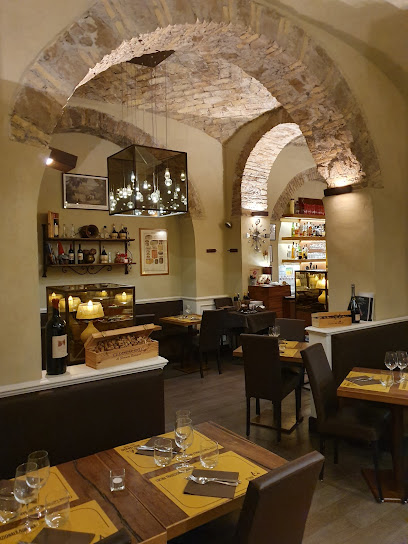
Trecaffè - Vaticano
Experience authentic Italian flavors at Trecaffè - Vaticano, where exquisite cuisine meets the charm of Rome near the Vatican.
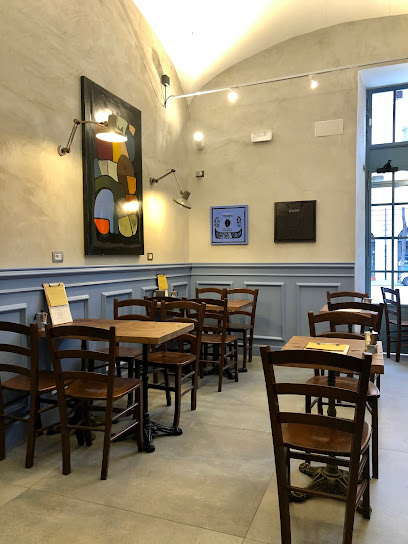
Piacere Molise
Discover authentic Italian cuisine at Piacere Molise – where every pizza is crafted with love and tradition in the heart of Rome.
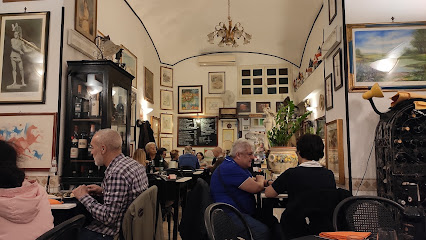
Taverna Angelica
Experience authentic Roman cuisine at Taverna Angelica, where each dish tells a story of tradition and flavor.
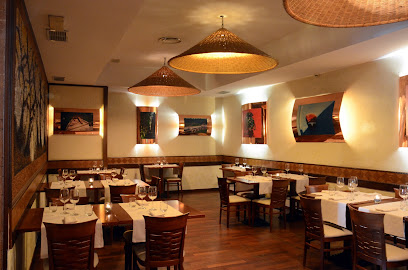
Il Segreto - Italian restaurant near the Vatican
Experience authentic Italian cuisine at Il Segreto, just steps away from Vatican City – where every dish tells a story.
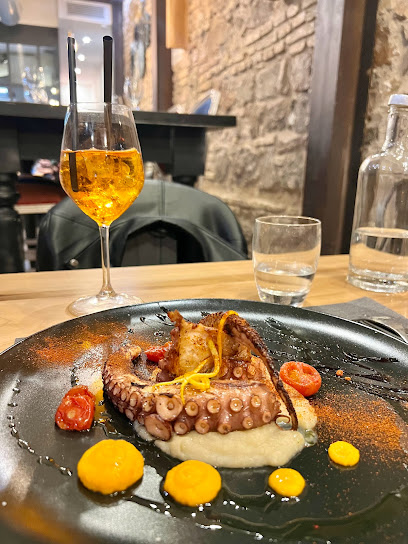
Markets, malls and hidden boutiques
The Rock Shop
Explore The Rock Shop in Rome for unique rock music apparel and memorabilia, celebrating legendary artists and iconic styles.
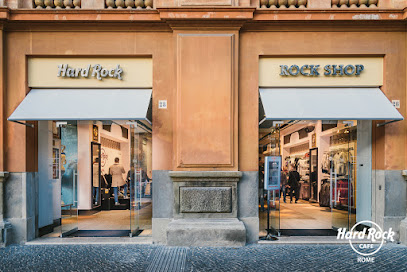
St. Peter's Gallery
Discover unique souvenirs and delightful treats at St. Peter's Gallery, the perfect stop for every Vatican City visitor.
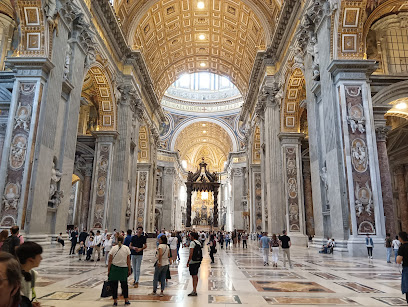
Mondo Cattolico
Discover authentic religious artifacts and unique souvenirs in the heart of Vatican City at Mondo Cattolico.
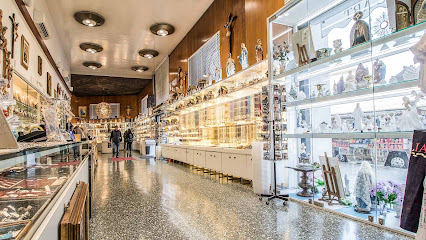
Vatican Emporium - Religious Articles & Gifts
Explore Vatican Emporium for a unique selection of religious articles and gifts, bringing home a piece of Rome's rich spiritual heritage.

Tourist Information Office
Explore Vatican City with ease at the Tourist Information Office, your go-to spot for souvenirs, maps, and expert travel advice.
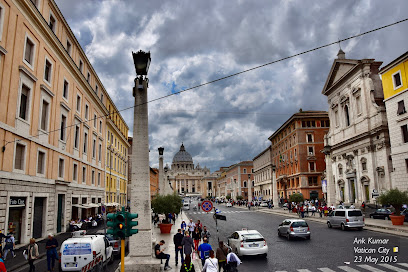
HUMILIS Made in Assisi (Boutique Roma Vaticano)
Discover artisanal elegance at HUMILIS Made in Assisi, a premier jewelry store near Vatican City offering exquisite handcrafted pieces.
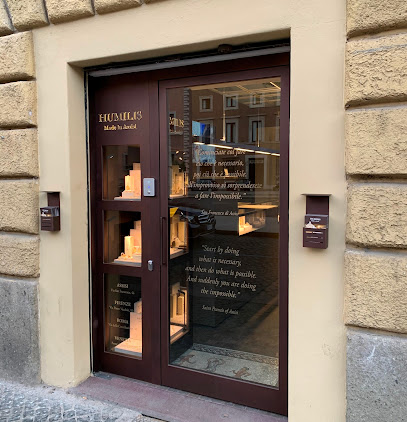
Vatican Souvenir & Mini Market
Explore the Vatican Souvenir & Mini Market for unique keepsakes and authentic Italian snacks, embodying the spirit of Rome.

Vatican Souvenir (S.R.L.)
Discover unique religious souvenirs at Vatican Souvenir, a charming shop near Vatican City, perfect for capturing the spirit of your visit.
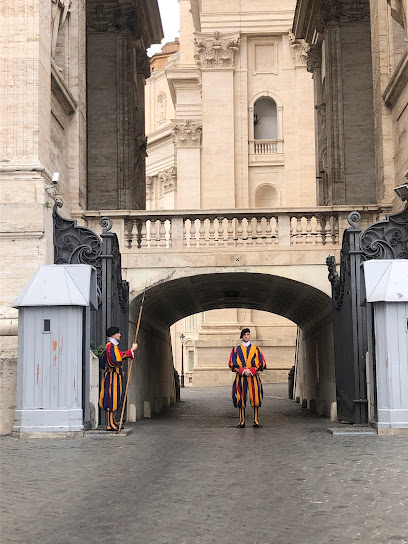
LUGGAGE STORAGE -VATICAN CITY MUSEUM -TECH POINT ROMA
Discover the convenience of secure luggage storage near Vatican City, allowing you to explore Rome unencumbered.
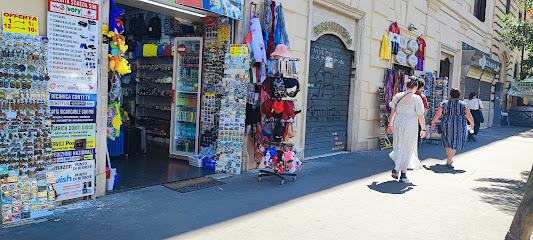
souvenir shop
Discover authentic Italian crafts and unique keepsakes at a charming souvenir shop in the heart of Rome, perfect for all your gift needs.
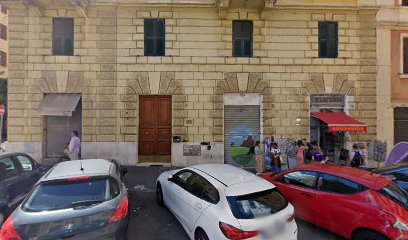
Essential bars & hidden hideouts
Caffè Delle Commari
Experience the vibrant coffee culture of Rome at Caffè Delle Commari, a charming bar near Vatican City serving delightful drinks and delicious pastries.
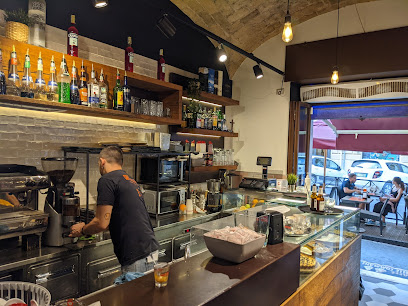
Il Sorpasso
Discover the authentic flavors of Italy at Il Sorpasso, where traditional dishes meet a lively Roman atmosphere near the Vatican.
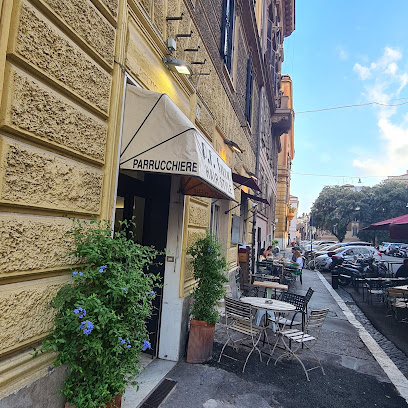
Be.Re. + Trapizzino
Experience the innovative flavors of Rome at Be.Re. + Trapizzino, where traditional meets modern in every delicious bite.
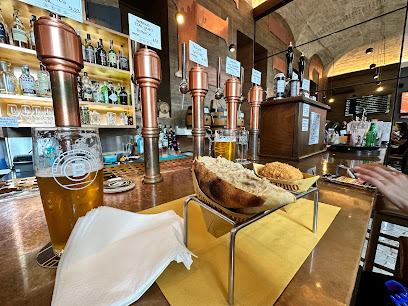
Wine Bar De' Penitenzieri
Discover the charm of Wine Bar De' Penitenzieri in Rome, where exquisite wines meet delectable Italian cuisine in a cozy setting.
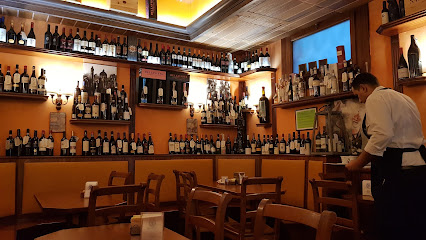
Saxophone Live Pub
Experience the heart of Rome's nightlife at Saxophone Live Pub, where live music and vibrant atmosphere create unforgettable memories.
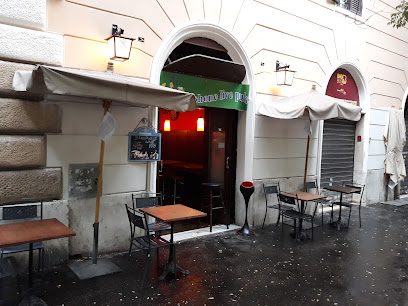
Birreria Martini Esperienza Tedesca
Savor the essence of Germany in Rome at Birreria Martini, where authentic cuisine meets a lively atmosphere.
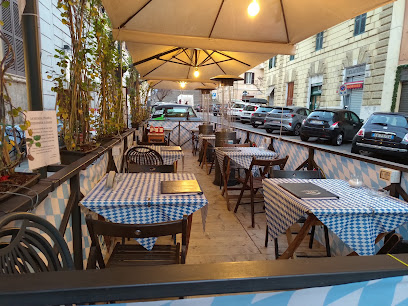
Roof Garden & Bar
Discover the enchanting views and exquisite cocktails at Rome's Roof Garden & Bar, a must-visit for every traveler seeking elegance.
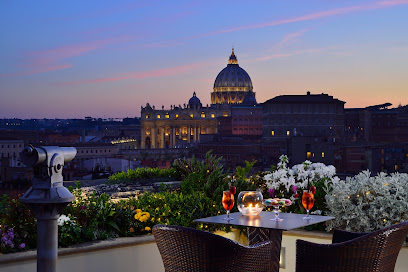
Bar Angeli
Discover Bar Angeli, a charming grill in Rome offering authentic Italian flavors in a warm and inviting atmosphere, perfect for every foodie.
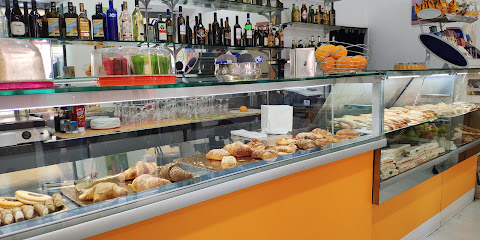
Chill
Experience the charm of Rome at Chill, a cozy bar near the Vatican offering delightful drinks and light bites in a welcoming atmosphere.
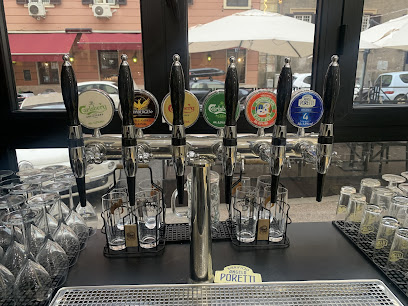
Terrazza 1919
Experience breathtaking views of Vatican City with exquisite cocktails at Terrazza 1919, Rome's premier rooftop bar.
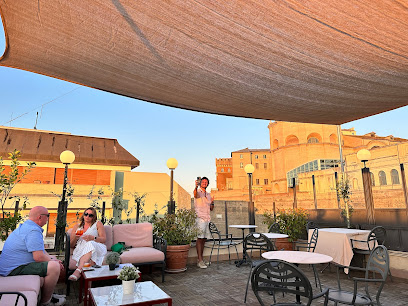
Local Phrases
-
- HelloCiao
[chow] - GoodbyeArrivederci
[ah-ree-veh-dehr-chee] - YesSì
[see] - NoNo
[no] - Please/You're welcomePer favore
[pair fah-vo-reh] - Thank youGrazie
[graht-zee-eh] - Excuse me/SorryScusi
[skoo-zee] - How are you?Come stai?
[coh-meh stai] - Fine. And you?Bene. E tu?
[beh-neh. eh too] - Do you speak English?Parli inglese?
[par-lee een-gleh-zeh] - I don't understandNon capisco
[non kah-pee-skoh]
- HelloCiao
-
- I'd like to see the menu, pleaseVorrei vedere il menu, per favore
[vor-ray veh-deh-reh eel meh-noo, pair fah-vo-reh] - I don't eat meatNon mangio carne
[non man-joh kahr-neh] - Cheers!Salute!
[sah-loo-teh] - I would like to pay, pleaseVorrei pagare, per favore
[vor-ray pah-gah-reh, pair fah-vo-reh]
- I'd like to see the menu, pleaseVorrei vedere il menu, per favore
-
- Help!Aiuto!
[ah-yoo-toh] - Go away!Vattene!
[vah-tteh-neh] - Call the Police!Chiamate la Polizia!
[kyah-mah-teh lah poh-lee-tsya] - Call a doctor!Chiamate un dottore!
[kyah-mah-teh oon doh-toh-reh] - I'm lostMi sono perso
[mee soh-no pehr-soh] - I'm illSto male
[stoh mah-leh]
- Help!Aiuto!
-
- I'd like to buy...Vorrei comprare...
[vor-ray kohm-prah-reh] - I'm just lookingSto solo guardando
[stoh soh-loh gwar-dahn-doh] - How much is it?Quanto costa?
[kwahn-toh koh-stah] - That's too expensiveÈ troppo caro
[eh trohp-poh kah-roh] - Can you lower the price?Puoi abbassare il prezzo?
[pwoy ahb-bahs-sah-reh eel preh-tsoh]
- I'd like to buy...Vorrei comprare...
-
- What time is it?Che ora è?
[keh oh-rah eh] - It's one o'clockÈ l'una
[eh loo-nah] - Half past (10)Mezza (dieci e mezza)
[meh-tzah (dee-eh-chee eh meh-tzah)] - MorningMattina
[maht-tee-nah] - AfternoonPomeriggio
[poh-meh-ree-joh] - EveningSera
[seh-rah] - YesterdayIeri
[ee-eh-ree] - TodayOggi
[oh-jee] - TomorrowDomani
[doh-mah-nee] - 1Uno
[oo-noh] - 2Due
[doo-eh] - 3Tre
[treh] - 4Quattro
[kwah-ttroh] - 5Cinque
[cheen-kweh] - 6Sei
[seh-ee] - 7Sette
[seht-teh] - 8Otto
[oht-toh] - 9Nove
[noh-veh] - 10Dieci
[dee-eh-chee]
- What time is it?Che ora è?
-
- Where's a/the...?Dov'è...?
[doh-veh] - What's the address?Qual è l'indirizzo?
[kwahl eh leen-dee-reet-tsoh] - Can you show me (on the map)?Puoi mostrarmi (sulla mappa)?
[pwoy mohs-trar-mee (sool-lah mahp-pah)] - When's the next (bus)?Quando è il prossimo (autobus)?
[kwahn-doh eh eel prohs-shee-moh (ow-toh-boos)] - A ticket (to ....)Un biglietto (per ....)
[oon beel-yeht-toh (pair)]
- Where's a/the...?Dov'è...?
History of Vatican City
-
Vatican City's history can be traced back to the early Christian era, specifically to the 1st century AD, when St. Peter, one of Jesus Christ's apostles, was martyred and buried in this area. The original St. Peter's Basilica was constructed over his tomb in the 4th century under Emperor Constantine, marking the site as a pilgrimage destination and establishing the Vatican's significance in the Christian faith.
-
From the 8th century until the 19th century, the Vatican became the center of the Papal States, a series of territories in central Italy ruled by the Pope. This period saw the expansion of the Vatican's influence, both religiously and politically, as Popes wielded considerable power over Italian and European affairs. The Vatican's territory was further solidified with the construction of defensive walls and various palaces, establishing it as a sovereign entity.
-
The Renaissance era brought a cultural and artistic flourishing to Vatican City. Popes commissioned renowned artists such as Michelangelo, Raphael, and Bernini to create masterpieces, including the Sistine Chapel's ceiling and St. Peter's Basilica, which was completed in the 17th century. This artistic patronage not only enhanced the Vatican’s architectural grandeur but also solidified its status as a center of art and culture.
-
In 1870, with the capture of Rome during the unification of Italy, the Papal States were dissolved, and the Pope lost temporal power over the territory. The subsequent years saw a complex relationship between the Italian state and the Vatican, culminating in the Lateran Treaty of 1929, which recognized Vatican City as an independent sovereign state and established the Pope's spiritual authority over the Catholic Church worldwide.
-
In the 20th and 21st centuries, Vatican City has continued to play a crucial role in global religious and diplomatic affairs. The Vatican has engaged in interfaith dialogue, humanitarian efforts, and peace initiatives, reflecting its unique position as a religious leader and sovereign state. The election of Pope Francis in 2013 marked a significant shift towards modernity and inclusivity within the Catholic Church, highlighting the Vatican's ongoing evolution in a contemporary context.
Vatican City Essentials
-
Vatican City is easily accessible from various neighborhoods in Rome. The most convenient way to reach Vatican City is by taking the Metro Line A (the orange line) to Ottaviano-San Pietro station. From the station, it's a short walk to the Vatican Museums and St. Peter's Basilica. Buses such as 49, 64, and 81 also connect various parts of Rome to Vatican City. Taxis and ride-sharing services are widely available throughout the city.
-
Vatican City is compact and can be easily explored on foot. The main attractions, including St. Peter's Basilica, the Vatican Museums, and the Sistine Chapel, are within walking distance of each other. Bicycles are also permitted within Vatican City, but be cautious of pedestrian zones. For public transport, the nearest metro and bus stations are just outside the Vatican walls, with various options to navigate the surrounding area.
-
Vatican City is generally considered safe for tourists. However, as in any major city, it is advisable to stay vigilant against pickpockets, especially in crowded areas. While there are no specific high-crime areas within Vatican City itself, avoid poorly lit areas after dark. Always keep an eye on personal belongings and be cautious when approached by street vendors.
-
In case of an emergency, dial 112 for police, fire, or medical assistance in Italy. The Vatican has its own security personnel, but you can also seek help from the local authorities if necessary. It is advisable to keep a copy of important documents and emergency contacts handy. For minor health issues, there are pharmacies nearby that can assist.
-
Fashion: Do dress modestly when visiting religious sites; women should cover their shoulders and knees, and men should avoid shorts. Religion: Do show respect in places of worship; silence is appreciated in St. Peter's Basilica. Public Transport: Do be mindful of other passengers and keep your voice down. Don't eat or drink on public transport. Greetings: Do greet locals politely with a smile. Eating & Drinking: Do enjoy local gelato or coffee nearby but avoid eating in the main squares, as it may be considered impolite.
-
To experience Vatican City like a local, consider visiting early in the morning or late in the afternoon to avoid crowds. Explore the Vatican Gardens for a quieter experience away from the hustle and bustle. Engage with local vendors for authentic souvenirs and try traditional Roman dishes in nearby Trastevere. Participate in a papal audience or mass for a unique cultural experience. Don't forget to take time to appreciate the artwork and architecture, which often gets overlooked in the rush to see the main attractions.
Nearby Cities to Vatican City
-
Things To Do in Vatican Necropolis
-
Things To Do in Sistine Chapel
-
Things To Do in Apostolic Palace
-
Things To Do in St. Peter's Square
-
Things To Do in Vatican Gardens
-
Things To Do in Vatican Pinacoteca
-
Things To Do in Gregorian Etruscan Museum
-
Things To Do in Vatican Museums
-
Things To Do in Rome
-
Things To Do in Orvieto
-
Things To Do in Assisi
-
Things To Do in Perugia
-
Things To Do in Montepulciano
-
Things To Do in Arezzo
-
Things To Do in Siena







